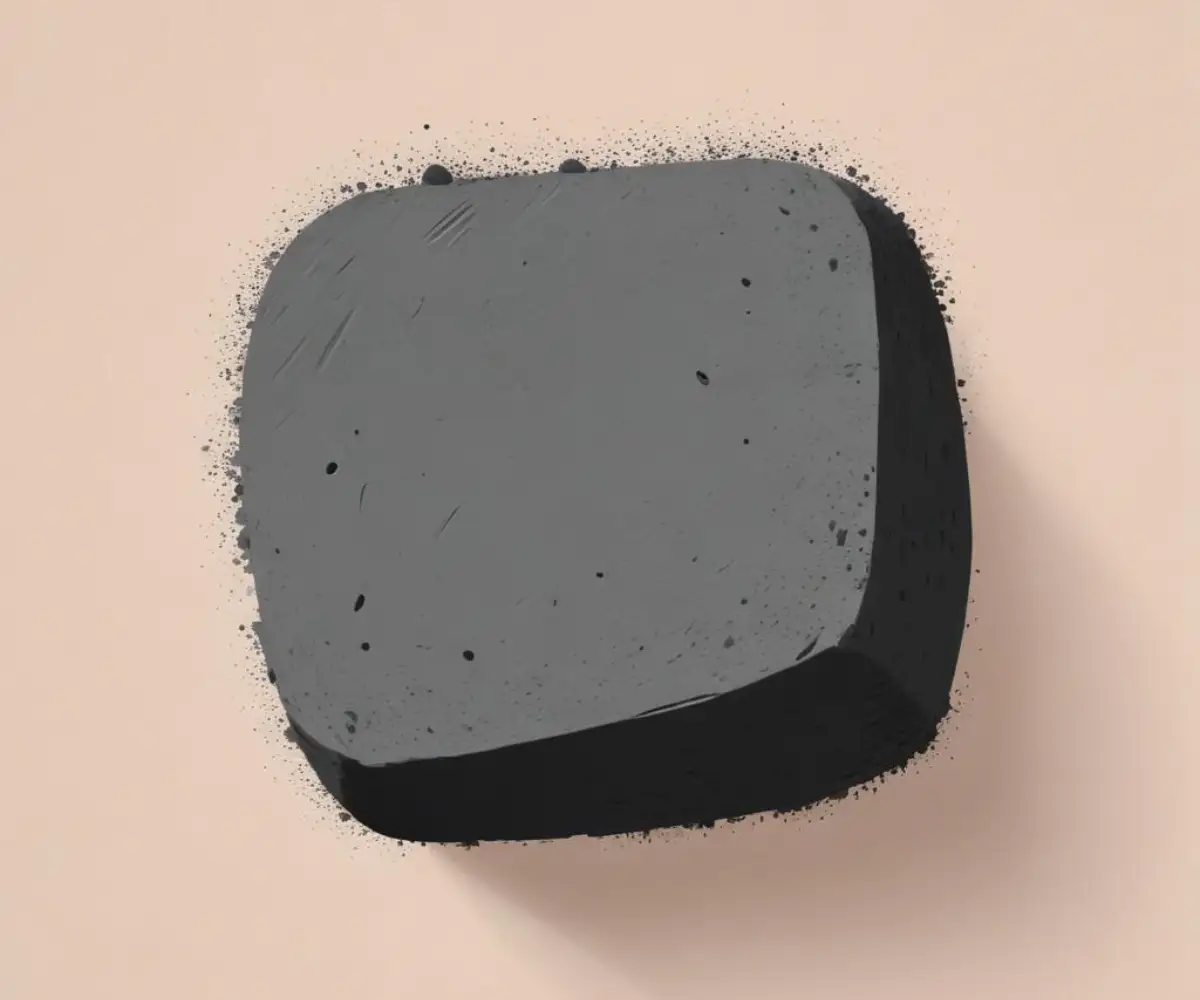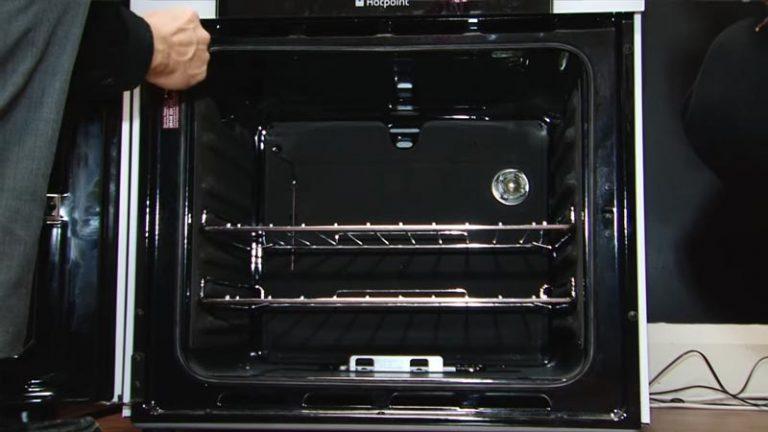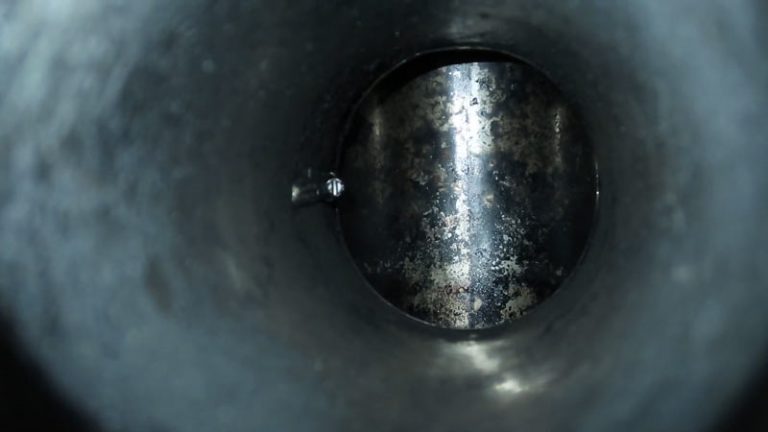Why Does My House Smell Like Charcoal? Uncover the Hidden Dangers & Fix It Fast
You notice a faint, unmistakable scent in the air. It’s a dry, sooty smell, almost like a barbecue that’s long since gone out. A charcoal smell in the house, when there’s no grill in sight, is an unsettling experience that can leave you questioning your safety and the integrity of your home.
This isn’t an odor to ignore. While it might be something simple, it can also be a warning sign of a serious, hidden hazard. This guide will help you play detective, pinpoint the source of that mysterious charcoal smell, and take the right steps to eliminate it for good.
You'll Learn About
Why Does My House Smell Like Charcoal? Uncovering the Culprits
A burning or charcoal-like smell can come from a surprising number of sources. Identifying the cause is the first critical step to resolving the problem. The smell is often a symptom of something overheating, malfunctioning, or releasing trapped odors.
Understanding the potential origins, from your electrical system to your HVAC unit, is key. Ignoring a persistent charcoal smell can have serious consequences, including fire hazards or exposure to harmful fumes. Let’s break down the most common—and uncommon—reasons for this alarming odor.
The Most Dangerous Cause: Electrical Issues
Perhaps the most urgent reason for a charcoal smell is an electrical problem. When wires, outlets, or components in your electrical system overheat, they can melt their plastic insulation, producing a sharp, acrid odor that can be described as burning plastic or charcoal. This is a significant fire risk and requires immediate attention.
Common electrical culprits include overloaded circuits, failing outlets, or faulty wiring within appliances. If you suspect an electrical issue, immediately turn off the power at the circuit breaker to the affected area and call a licensed electrician. Do not attempt to fix electrical problems yourself unless you are qualified.

HVAC System: Your Home’s Lungs Could Be the Problem
Your heating, ventilation, and air conditioning (HVAC) system circulates air throughout your entire home, making it a prime suspect for spreading odors. A charcoal smell coming from your vents can point to several issues within the unit itself.
An overheating blower motor, a failing capacitor, or even excessive dust burning off the heating elements when you turn on the furnace for the first time in a season can produce this smell. Another often-overlooked cause is the HVAC’s activated carbon (charcoal) filter. When these filters become saturated with pollutants, they can stop absorbing odors and may even release them back into the air, creating the very smell they’re meant to prevent.
Fireplace and Chimney Woes
If you have a fireplace, it’s a natural place to investigate. Even when not in use, a chimney can be a source of a charcoal or soot smell. This is often caused by a phenomenon called downdraft, where outside air pushes down the chimney instead of letting indoor air out.
This downdraft can bring the smell of old soot and creosote buildup back into your home, especially during humid or stormy weather. Ensuring your chimney flue is closed and in good repair is essential. A professional chimney sweep can clean out hazardous creosote and check for proper ventilation.
Appliance Malfunctions
Many household appliances use powerful motors or heating elements that can fail and produce a burnt, charcoal-like odor. High-load appliances like dryers and ovens are common sources. Lint buildup inside a clothes dryer is a known fire hazard that can create a scorching smell before a fire ever starts.
Similarly, food debris burning off in an oven or toaster can create a strong charcoal scent. It is also possible for the internal wiring or motors in these appliances to fail, which brings us back to the danger of electrical fires. If the smell appears only when a specific appliance is running, you’ve likely found your culprit.
Your Step-by-Step Guide to Finding and Fixing the Smell
Once you understand the potential causes, you can begin a systematic search to locate the source. This process requires careful observation and prioritizing safety above all else. Follow these steps to diagnose and address the charcoal odor in your home.
Step 1: Immediate Safety Checks
Before you do anything else, ensure your home is safe. Check your smoke and carbon monoxide detectors to make sure they are functioning. If the smell is strong, acrid, or accompanied by visible smoke or haze, evacuate your home immediately and call the fire department.
If the smell is faint and there are no other signs of danger, proceed with caution. Trust your instincts; if you feel unsafe at any point, it’s always better to call for professional help. Don’t dismiss the possibility of danger just because you can’t see flames.
Step 2: Isolate the Smell by Location
Walk through your home and try to determine where the smell is strongest. Is it concentrated in one room, like the kitchen or basement? Or does it seem to be coming from the air vents, suggesting an HVAC issue? Pinpointing the area will significantly narrow down the list of potential causes.
Check around outlets, light switches, and large appliances in the area where the odor is most potent. Sniff the air coming directly from your HVAC vents. If the smell is stronger when the system is running, that’s a major clue. Differentiating between a general burnt smell and other odors, like a dead animal or sewer smell, is also crucial for a correct diagnosis.
Step 3: Investigate Specific Sources
Based on the location, start investigating the likely culprits. If the smell is near an appliance like a dryer or oven, unplug it and inspect it for signs of scorching or lint buildup. If the scent is coming from an outlet, check if it feels warm to the touch—a clear sign of an electrical problem.
For HVAC-related smells, your first action should be to check the air filter. A clogged filter can cause the system to overheat. If you have an activated carbon filter, consider when it was last replaced; it may be saturated and need changing.
Step 4: When to Call the Professionals
While some issues, like a dirty filter, are easy to fix, many sources of a charcoal smell require professional expertise. Do not hesitate to call for help when dealing with complex or dangerous systems. Knowing who to call is just as important as identifying the problem.
An electrician should handle any suspected wiring, circuit breaker, or outlet issues. For problems with your furnace or air conditioner, a certified HVAC technician is the right choice. And for fireplace and chimney odors, a professional chimney sweep can provide cleaning and inspection.
| Potential Cause | Risk Level | Recommended First Action | Who to Call |
|---|---|---|---|
| Electrical Fault (outlets, wiring) | High | Turn off power at the circuit breaker immediately. | Licensed Electrician |
| HVAC Malfunction (overheating motor) | Medium to High | Turn off the HVAC system. | HVAC Technician |
| Saturated Activated Carbon Filter | Low | Replace the air filter. | DIY or HVAC Technician |
| Chimney Downdraft/Creosote | Medium | Ensure flue is closed; increase ventilation. | Chimney Sweep |
| Appliance Overheating (e.g., dryer) | Medium to High | Unplug the appliance and inspect it. | Appliance Repair Technician |
| External Sources (neighbor’s grill, wildfire) | Low | Close windows and doors. | N/A |
Eliminating Lingering Odors and Preventing a Return
After you’ve identified and fixed the source of the charcoal smell, you may still be left with a lingering odor that has permeated your home. Getting your home to smell fresh again requires a thorough cleaning and deodorizing process.
Simple air fresheners often just mask smells. You’ll need to actively remove the odor particles from the air and surfaces. This final step is crucial for restoring your home’s air quality and your peace of mind.
Deep Cleaning and Deodorizing Surfaces
Smoke and soot particles are incredibly fine and can settle on any surface. Start by wiping down all hard surfaces—walls, ceilings, countertops, and floors—with a cleaning solution. A mixture of water and white vinegar is an effective natural deodorizer.
For soft surfaces like carpets, upholstery, and curtains, which readily absorb odors, a deeper cleaning is necessary. Sprinkle baking soda liberally on carpets and furniture, let it sit for several hours to absorb the smell, and then vacuum it up thoroughly. Curtains and other machine-washable fabrics should be laundered.
Purifying the Air
Ventilation is your best friend in removing airborne odors. Open windows and use fans to circulate fresh air throughout your house. This will help dissipate the smell much faster than leaving the air stagnant.
Placing bowls of activated charcoal or baking soda in affected rooms can also help absorb lingering smells from the air. For persistent odors, using an air purifier with a HEPA and activated carbon filter is an excellent way to trap and eliminate the remaining particles, leaving your air clean and odor-free. This is different from smells like a Sharpie smell in the house, which often comes from VOCs and requires a different approach to air purification.
The Unusual Case of Phantom Smells
In some rare instances, the charcoal smell might not have an external source at all. Phantosmia is a medical condition where a person smells odors that aren’t actually there. These phantom smells are often described as burnt, smoky, or chemical-like.
If you’ve exhausted every possible source, had professionals inspect your home, and others cannot detect the odor, it may be worth discussing with a medical professional. While less common, it’s an important consideration after all other potential dangers have been ruled out. Sometimes, a smell that seems as real as a permanent marker may have an internal origin.
Preventative Maintenance: Your Best Defense
The best way to deal with a charcoal smell is to prevent it from happening in the first place. Regular home maintenance can stop most of these issues before they start. Schedule annual inspections for your HVAC system and your chimney.
Regularly clean the lint trap and vent duct on your clothes dryer. Avoid overloading electrical circuits and periodically check outlets for any signs of discoloration or damage. A proactive approach not only prevents unpleasant smells but also keeps your home safe from potential hazards.



